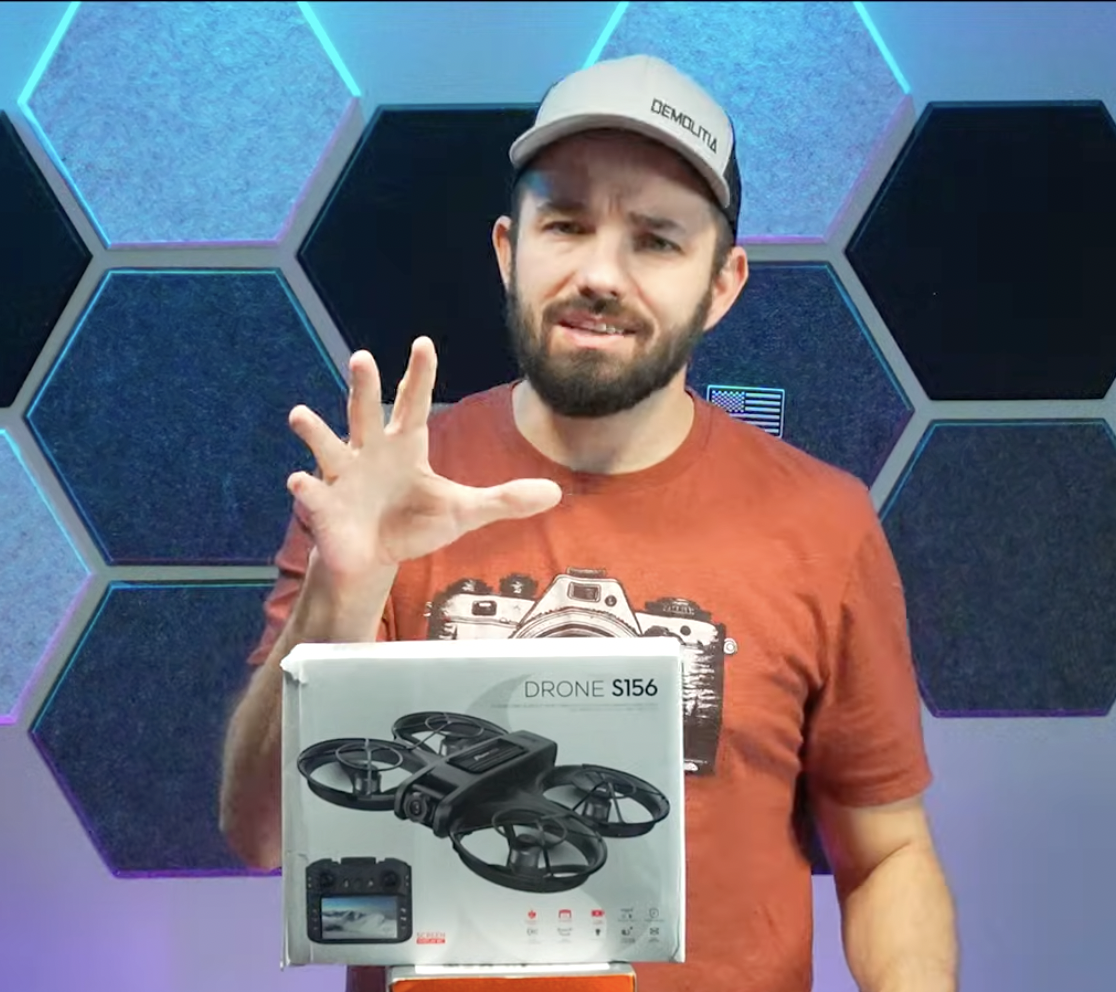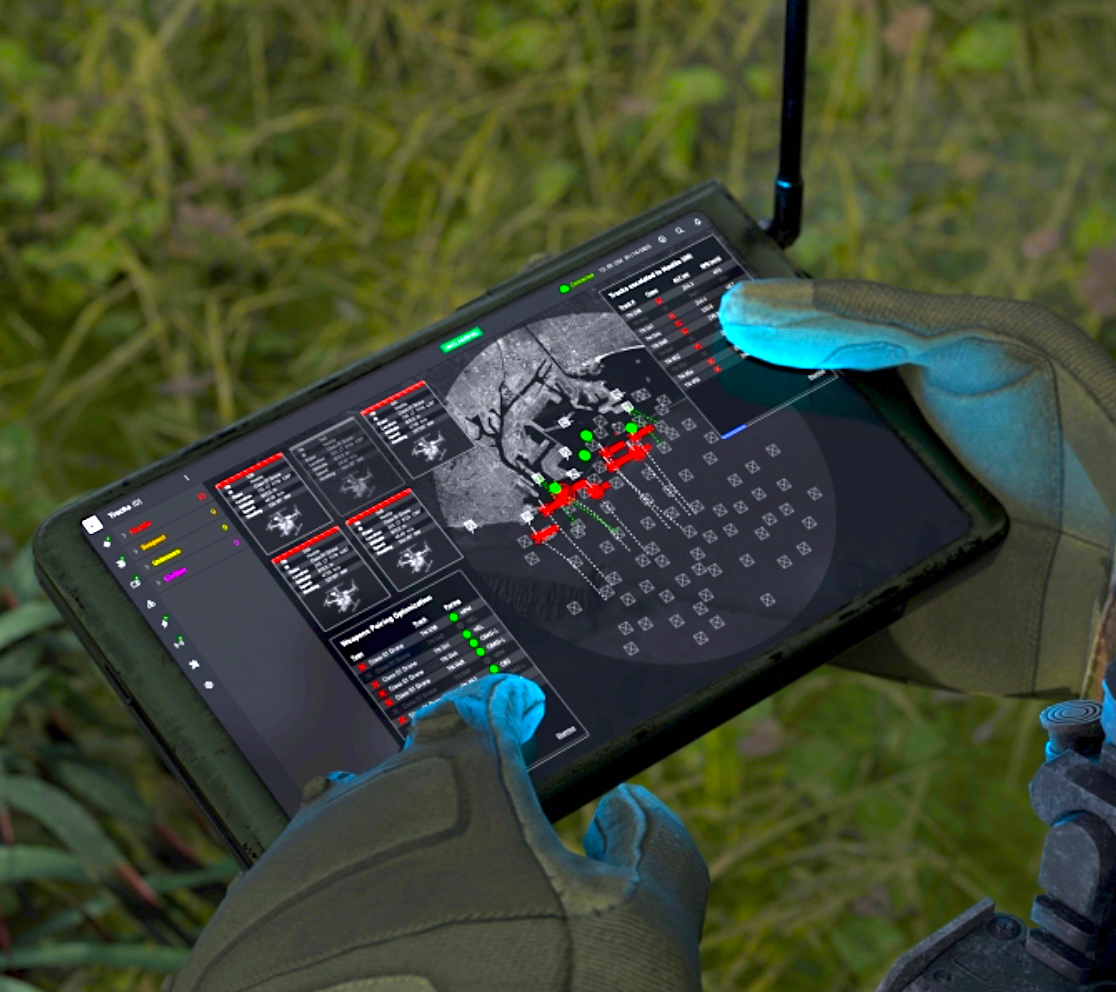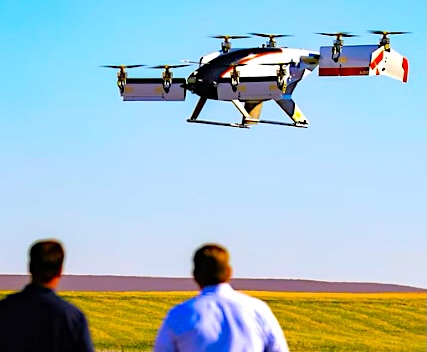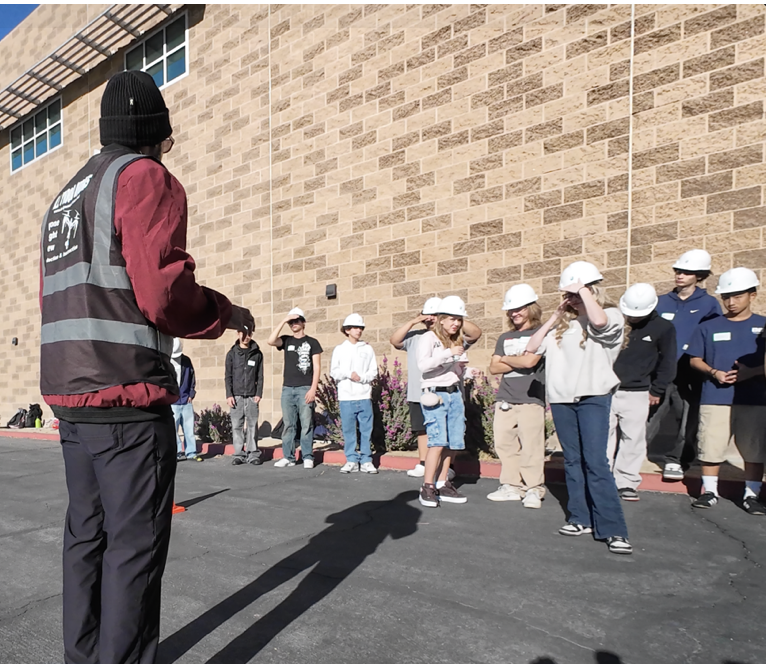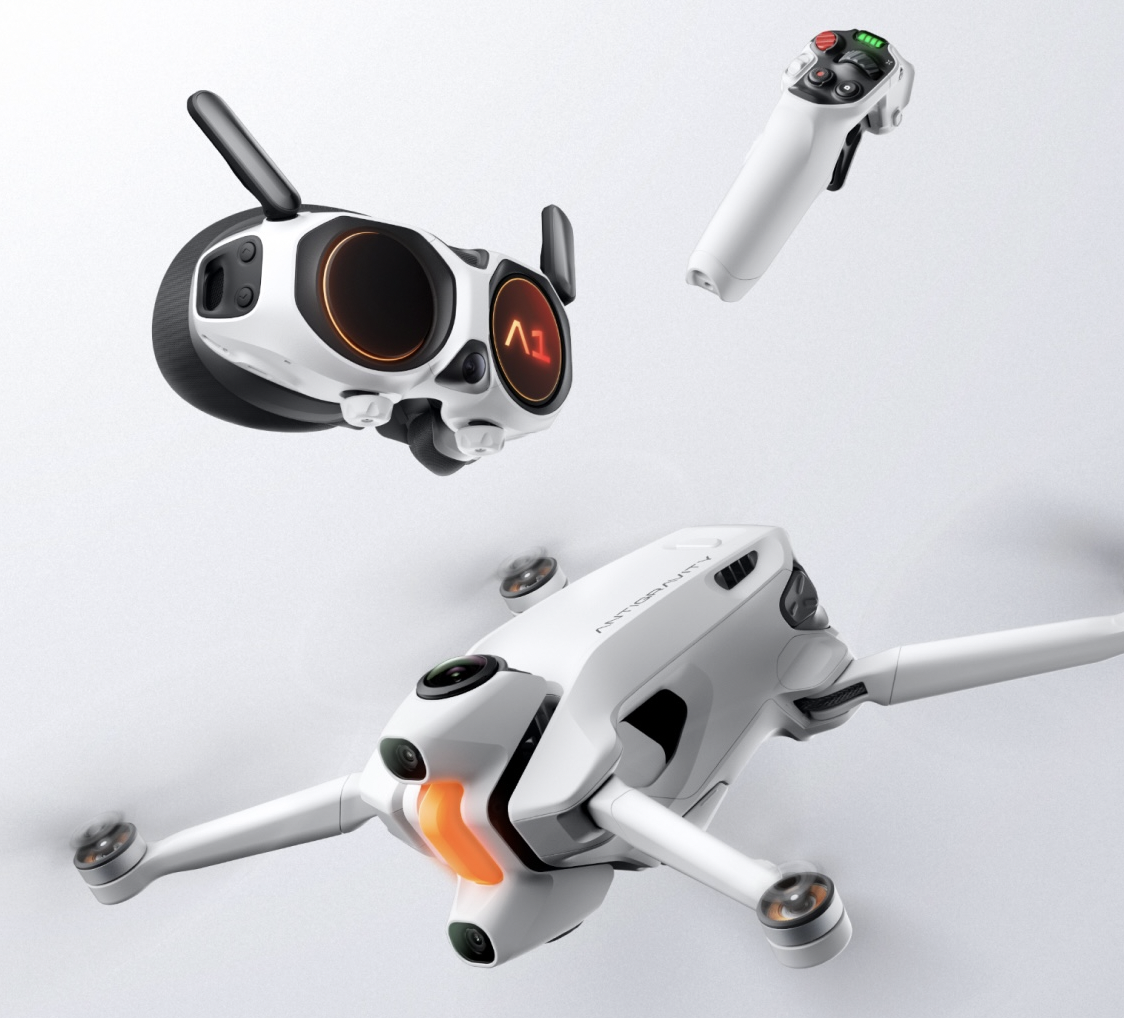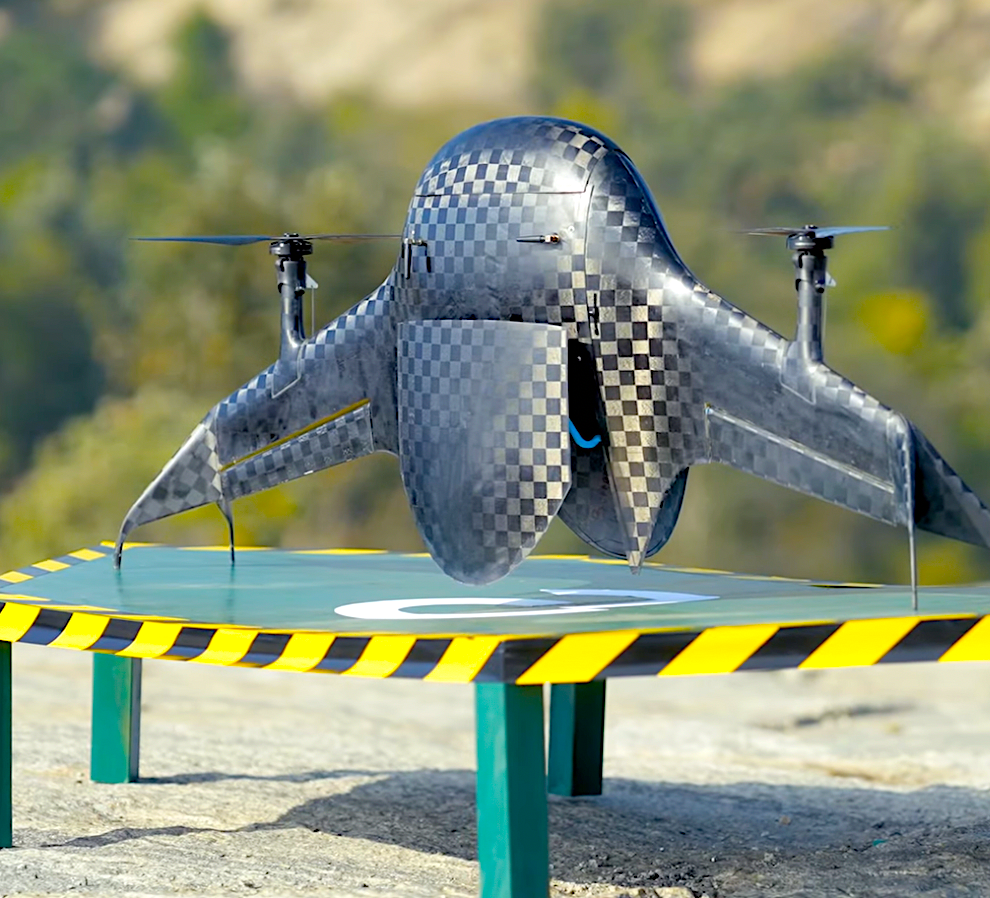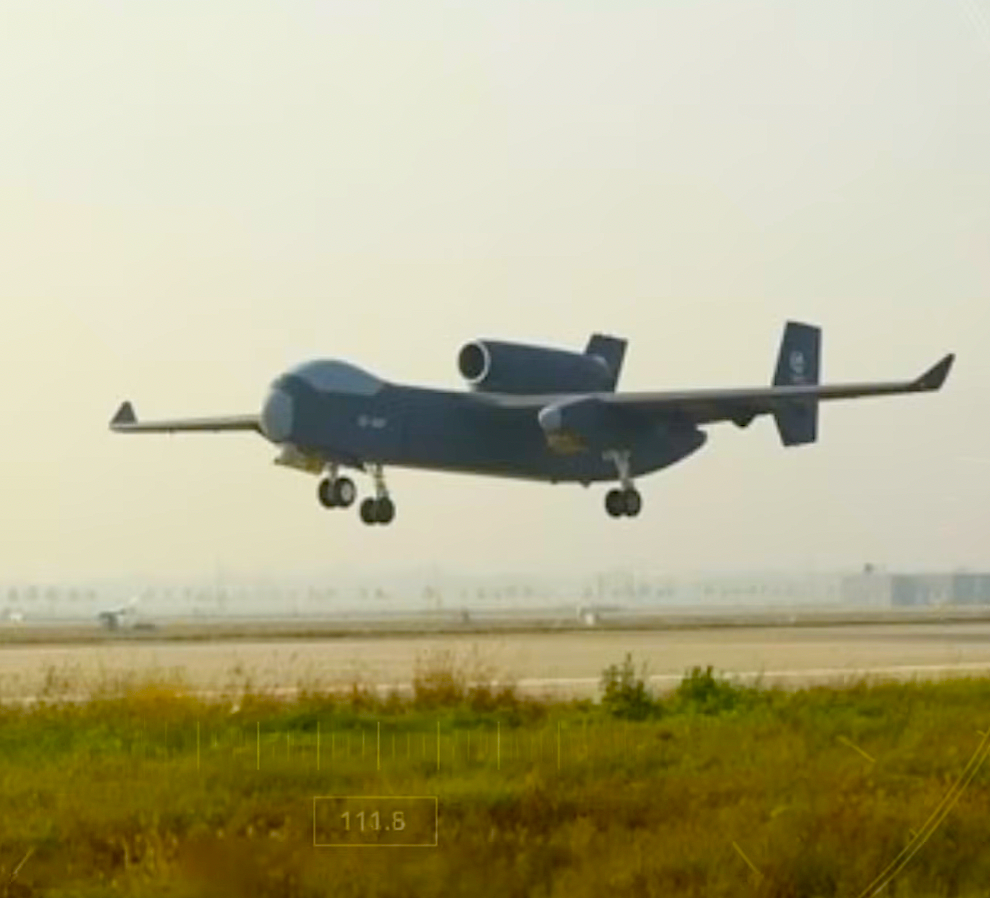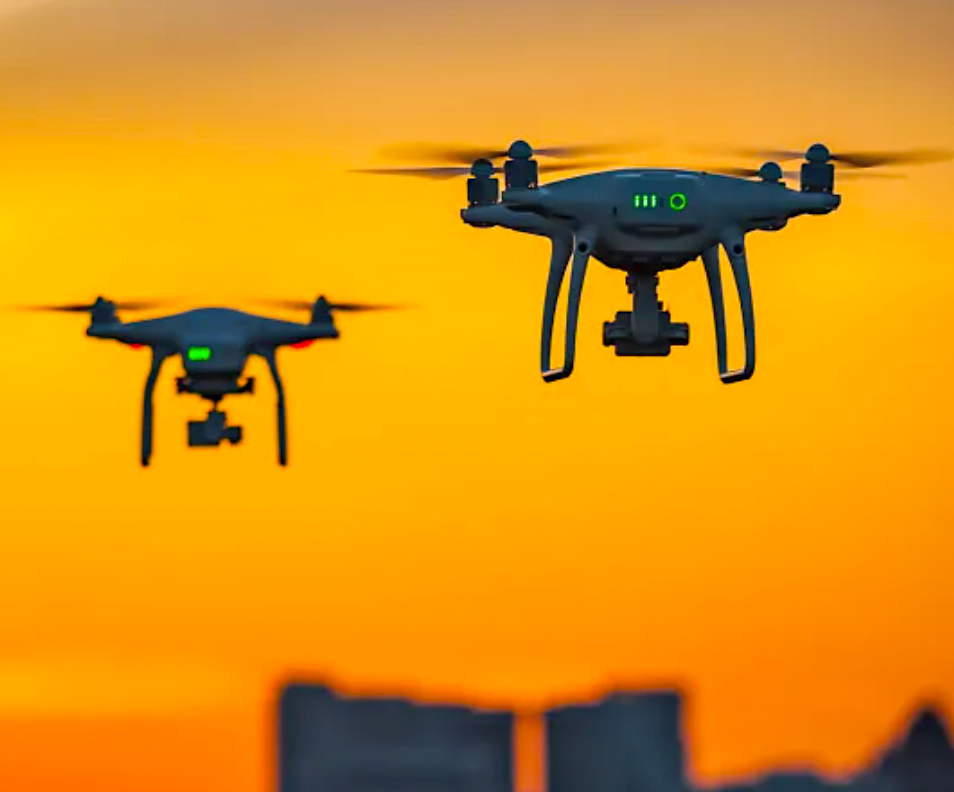Featured NewsTrending NewsAkshataBuilding The Simplest Drone
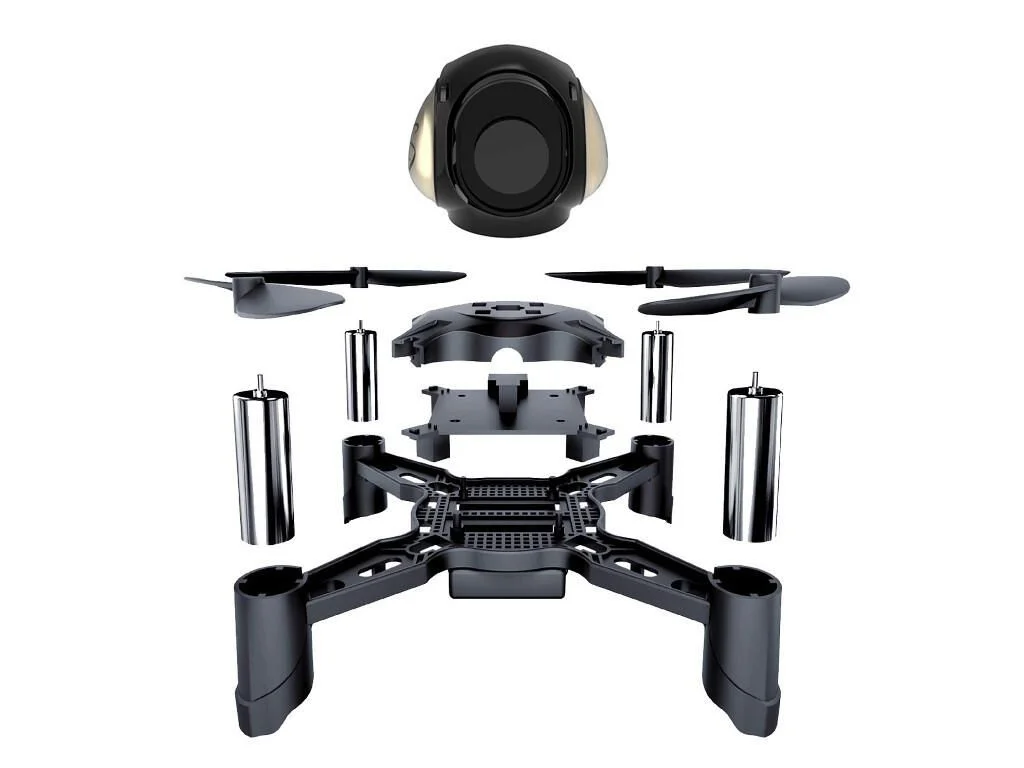
19 April 2024
By Akshata
Building your own drone can be a rewarding and educational experience, offering a deeper understanding of the principles of flight and the mechanics behind these fascinating devices. In this article, we will explore the basics of building the most simple drone, delving into the essential components and steps required to make your UAV take to the skies.
Minimum Components
Thrust, generated by the propellers pushing air downwards, lifts the drone off the ground. Pitch, roll, and yaw control the drone's forward or backward movement, lateral tilt, and rotation, respectively. The flight controller, equipped with sensors like accelerometers and gyroscopes, stabilizes the drone using PID algorithms to adjust motor speeds. Efficient power management ensures balanced flight and extends battery life. The radio transmitter allows the pilot to control the drone's movements, ensuring precise and responsive maneuvering.
To build a basic drone, you'll need a handful of essential components:
- Frame: Start with a lightweight frame to provide the structure for your drone. Materials like carbon fiber or plastic are commonly used for their durability and weight efficiency.
- Motors: Select four brushless DC motors, as they offer the best power-to-weight ratio. These motors are essential for propelling the drone into the air.
- Propellers: Choose a set of propellers that match the size and pitch recommended for your motors. The correct pairing ensures optimal efficiency and stability during flight.
- Electronic Speed Controllers (ESCs): ESCs control the speed of each motor, allowing you to adjust the drone's direction and altitude. Make sure they match the specifications of your motors.
- Flight Controller: The flight controller is the brain of your drone, processing data from sensors and providing stability. Popular choices include the Betaflight and Cleanflight controllers.
- Battery: A lithium-polymer (LiPo) battery is the most common choice for drones due to its high energy density. Select a battery with a voltage that corresponds to your motors and ESCs.
- Radio Transmitter and Receiver: Choose a reliable radio transmitter and receiver pair for remote control. The popular FrSky and FlySky systems offer a good balance of quality and affordability.
- Power Distribution Board (PDB): The PDB distributes power from the battery to various components, ensuring a stable power supply throughout the drone.
- Frame Connectors and Fasteners: Use connectors and fasteners to secure components to the frame. Nylon standoffs and zip ties are often used to organize and secure wiring.
Getting It to Fly
Once you've gathered the necessary components, the next step is to assemble and configure your drone for flight. Begin by constructing the frame, attaching motors, and connecting Electronic Speed Controllers (ESCs) to control motor speed. Install the flight controller, ensuring it's securely mounted and connected to ESCs, the receiver, and other vital components. Carefully attach propellers to the motors, making sure they rotate correctly. Organize the wiring, connect the battery, and configure the radio transmitter to match your drone's specifications. Test the drone in a controlled environment, adjusting settings and conducting small test flights to ensure stability and responsiveness.
Building At Home
Building a drone at home requires minimal components but demands careful consideration. The bare essentials include a lightweight frame, four brushless DC motors, propellers, a lithium-polymer (LiPo) battery, Electronic Speed Controllers (ESCs), a flight controller, and a radio transmitter with a receiver. When setting up a workspace at home, ensure it is clean, well-lit, and free from distractions. Basic tools such as screwdrivers, pliers, wire strippers, and soldering equipment are necessary. Prioritize safety with protective gear, refer to component manuals for assembly instructions, and utilize online resources for guidance and troubleshooting. Patience and persistence are key as you embark on the rewarding journey of building a drone from scratch.
In conclusion, it's crucial to understand the fundamental principles that govern flight. Flight involves overcoming the force of gravity by generating lift. Lift is created by the interaction of air with the wings or rotors of an aircraft. To achieve flight, an aircraft must generate enough lift to counteract its weight. The four main forces acting on an aircraft during flight are lift, weight, thrust, and drag. Lift opposes weight, and thrust opposes drag. For a drone to achieve stable and controlled flight, these forces must be carefully balanced.


